Dehydrated peat moss was used in South Africa following the MV Treasure oil spill on June 30, 2000. An estimated 1,300 tons of fuel oil had been spilled into the ocean, threatening the world’s largest colony of African penguins living a few miles off Cape Town. Cleanup efforts began promptly after the incident with particular attention being paid to feeding and cleaning some 11,000 oily penguins captured on Robben Island. Moveable rocks contaminated with oil were initially piled together and dusted with peat moss that rendered them dry. “It did wonders in making the best of a bad situation”, recalls Ray Long, current project consultant for Nirom Peat Moss Inc., who worked on the cleanup operations on Robben Island. “Our main function was to clean the rocks and to create safe runways for the penguins to go from the breeding grounds down into the ocean.” The Robben Island coastline was mostly clean of oil by the 5th of July, and the use of peat, as an organic absorbent, proved to be successful in reducing the number of birds becoming oiled without polluting even more their habitat. Drawing on their extensive experience, South African spill-response professionals still remain faithful to peat moss absorbents, one of the world’s best absorbents to clean up oil spills both on land and on water.

